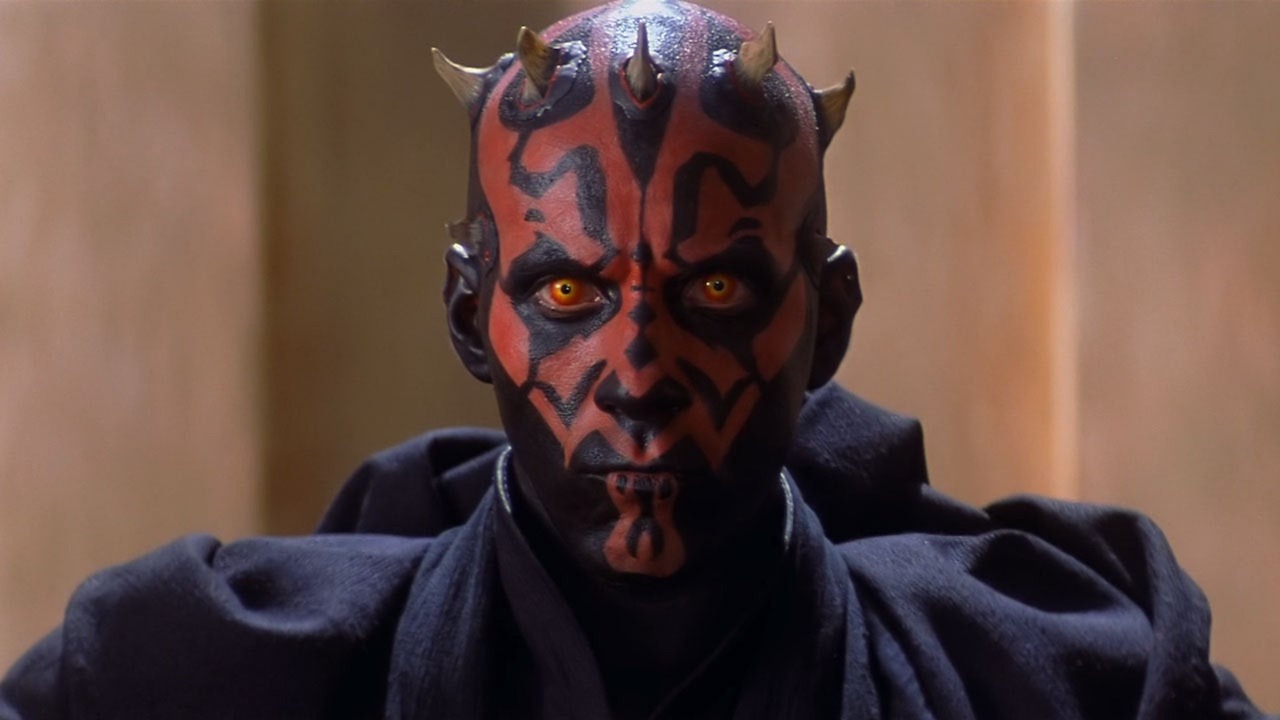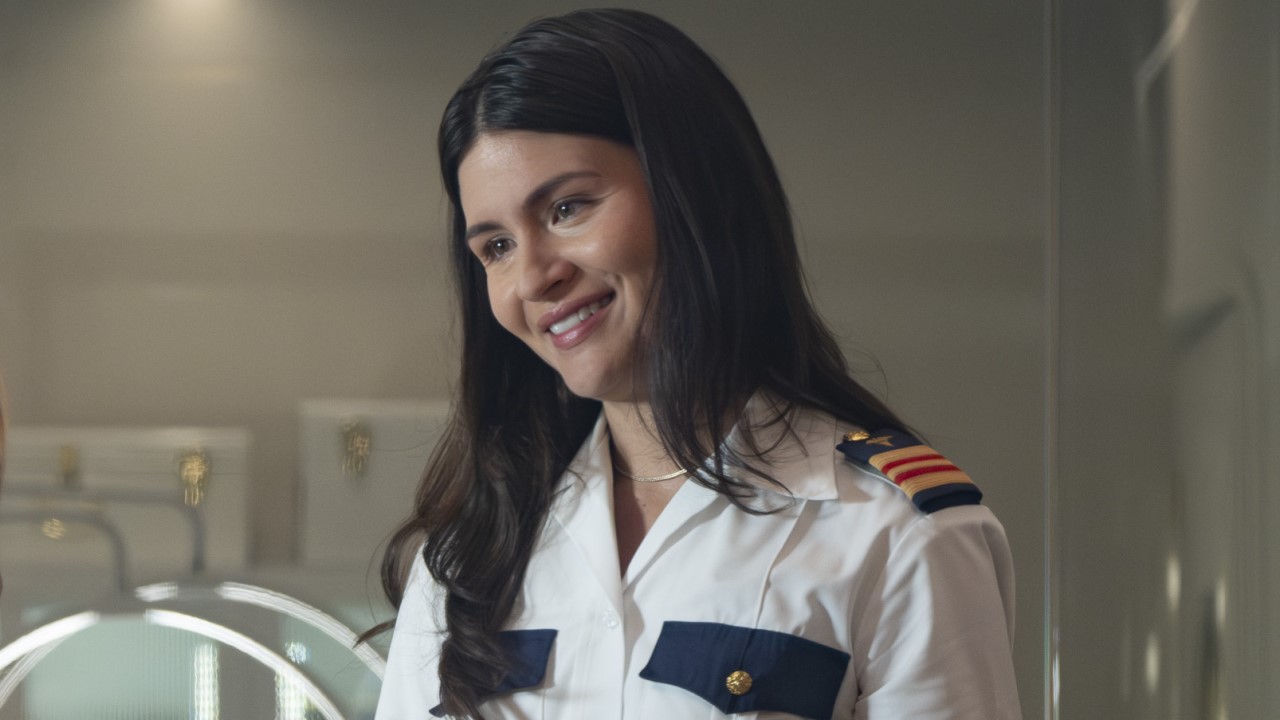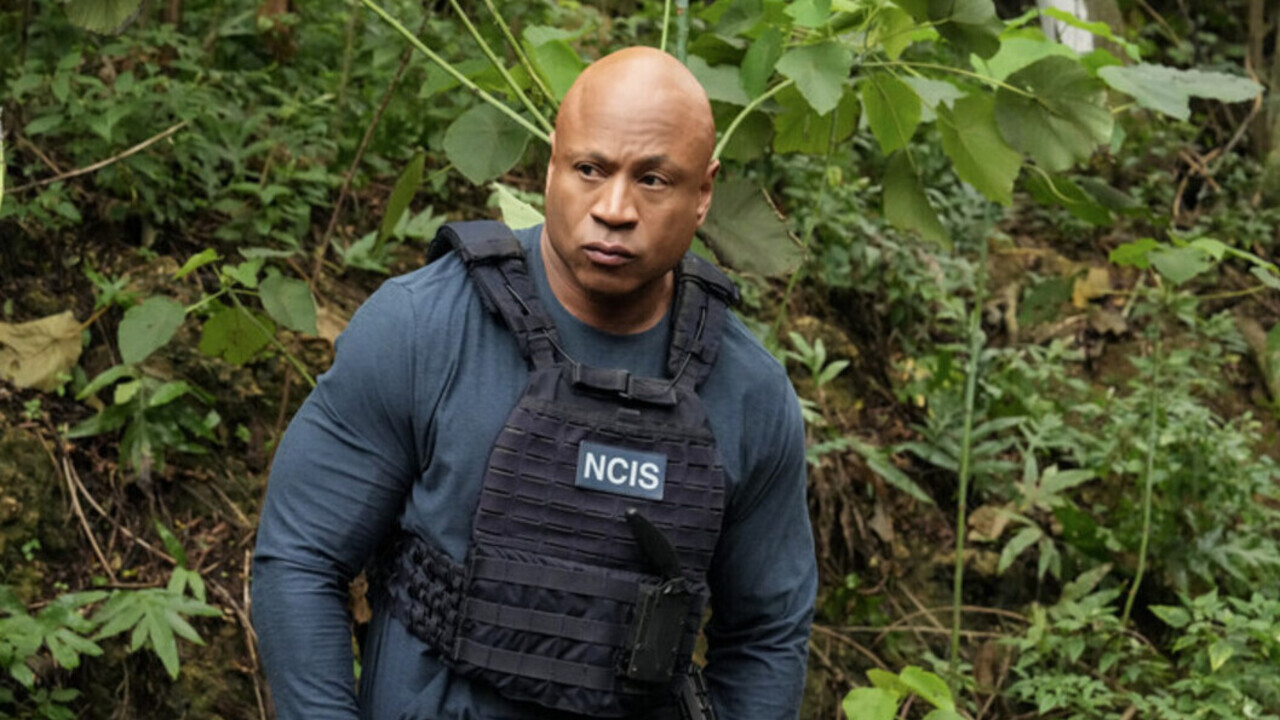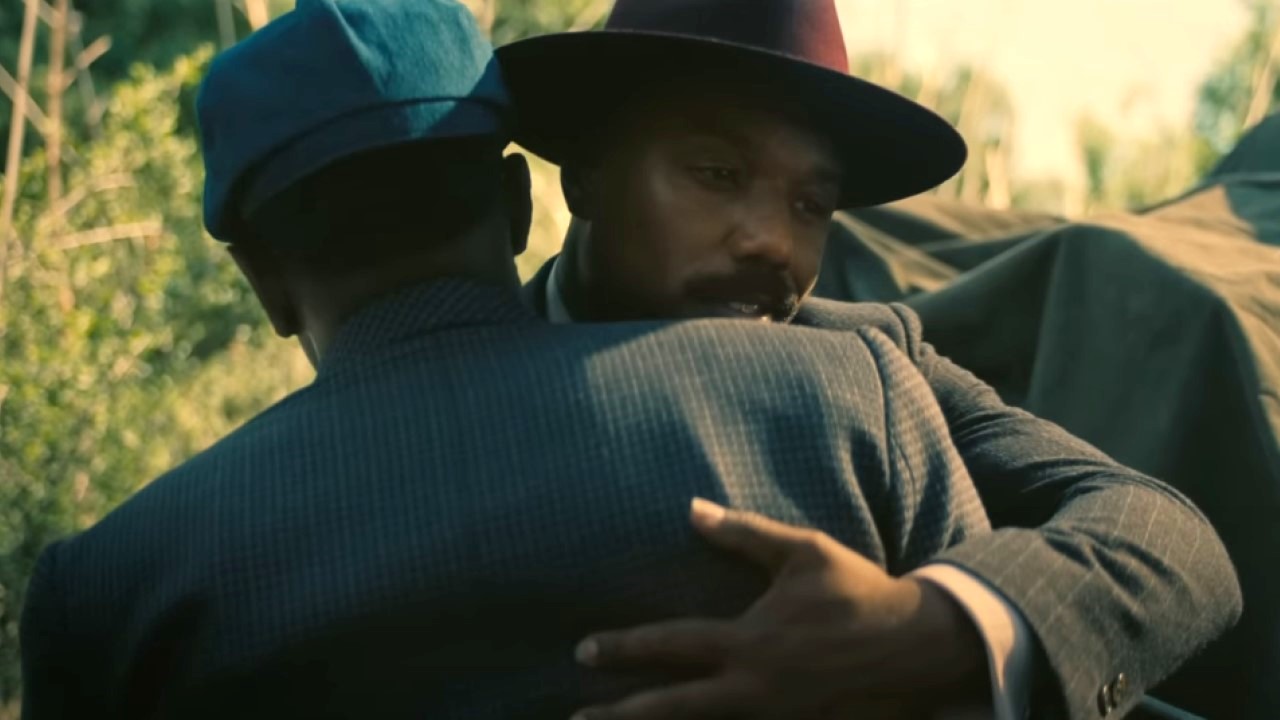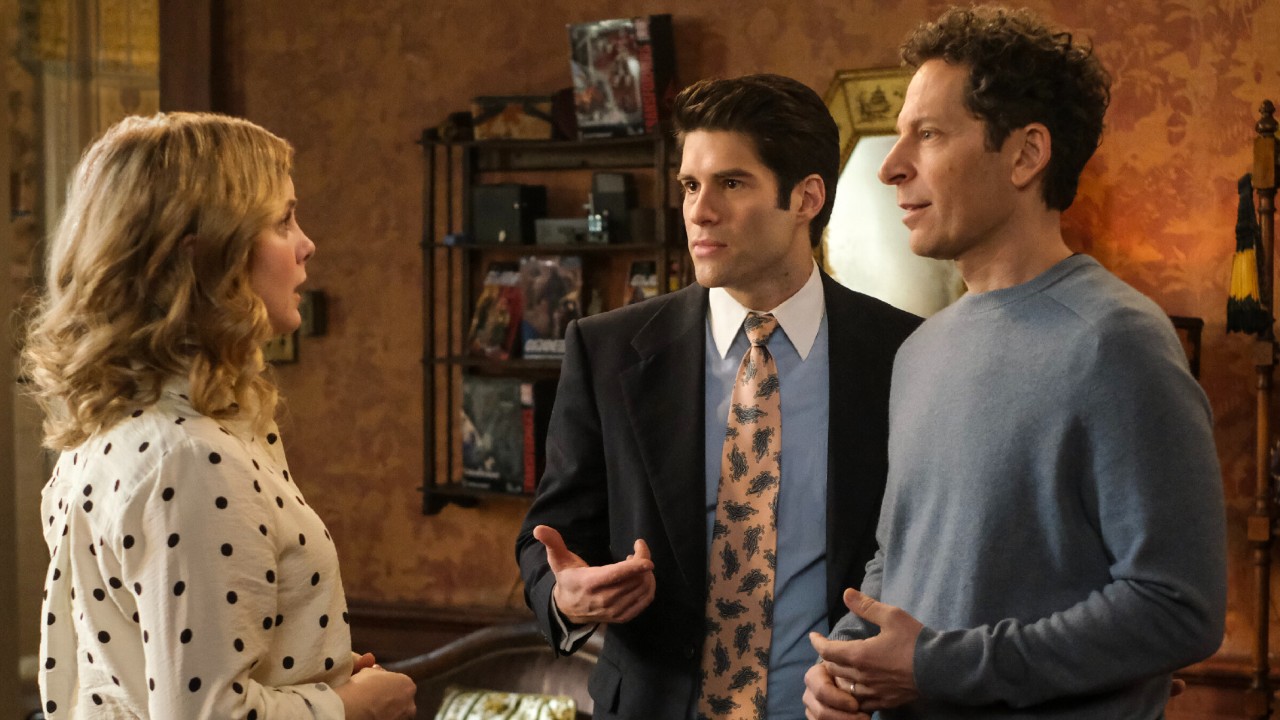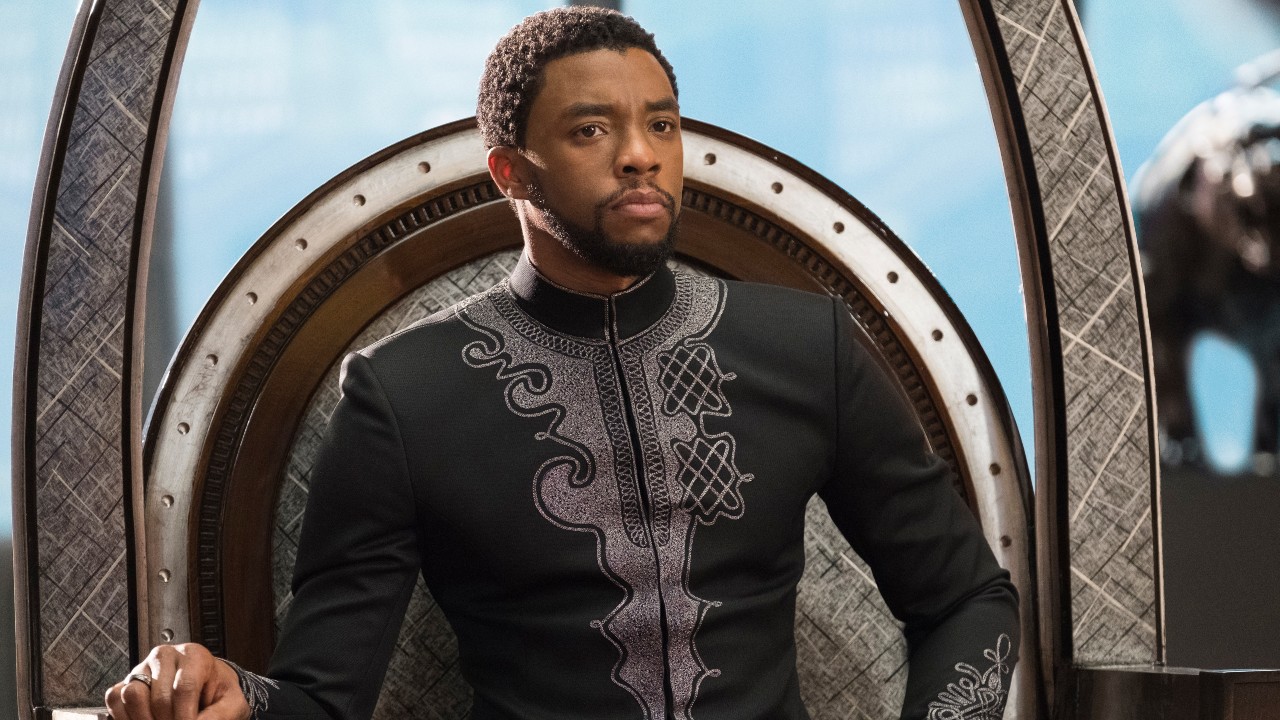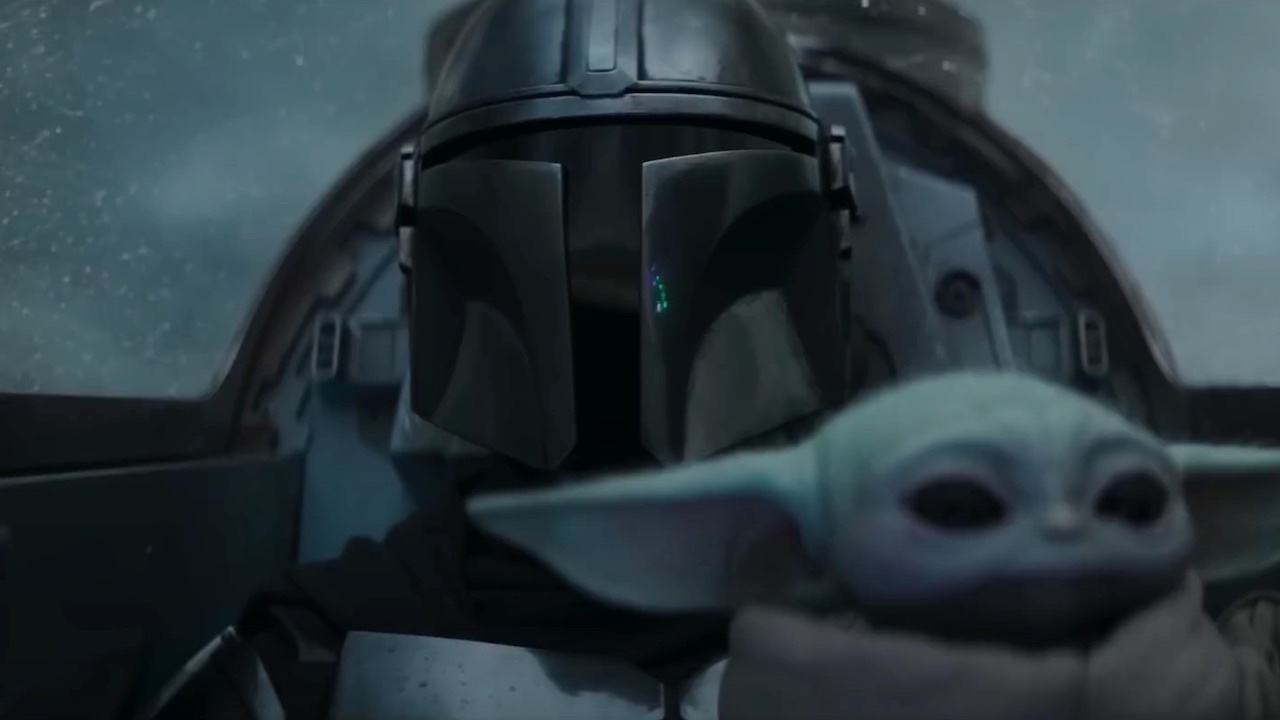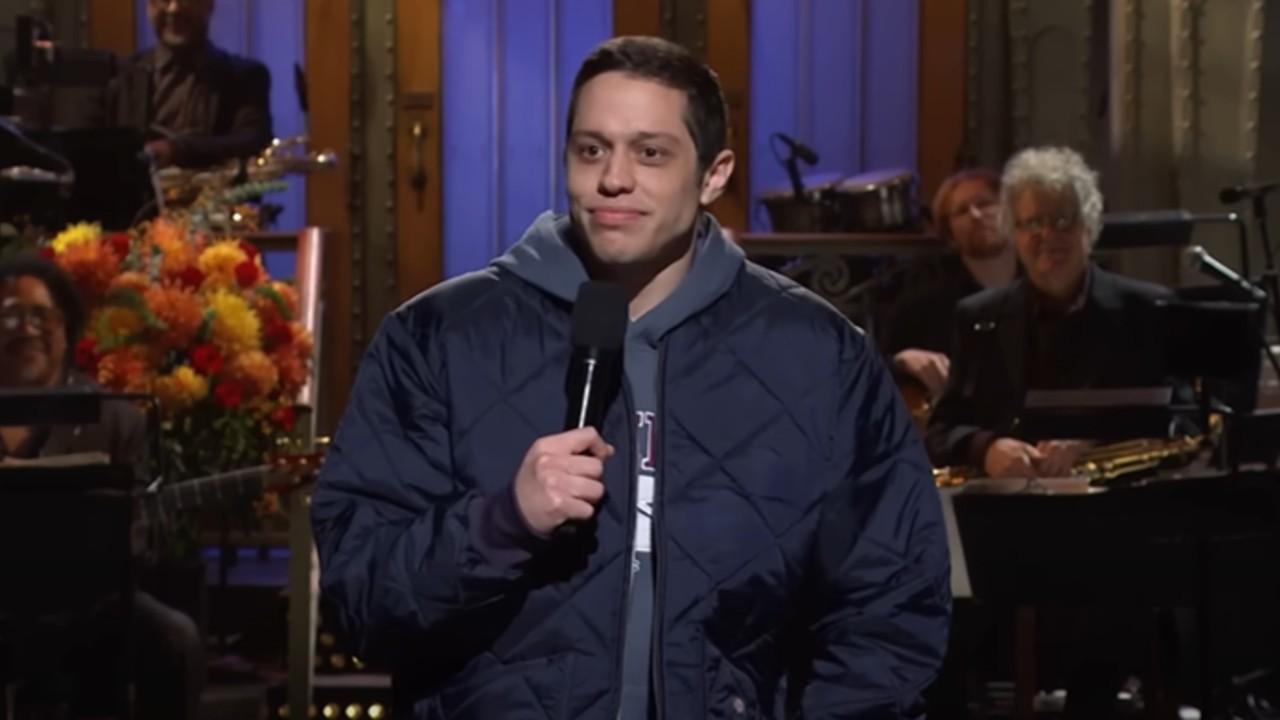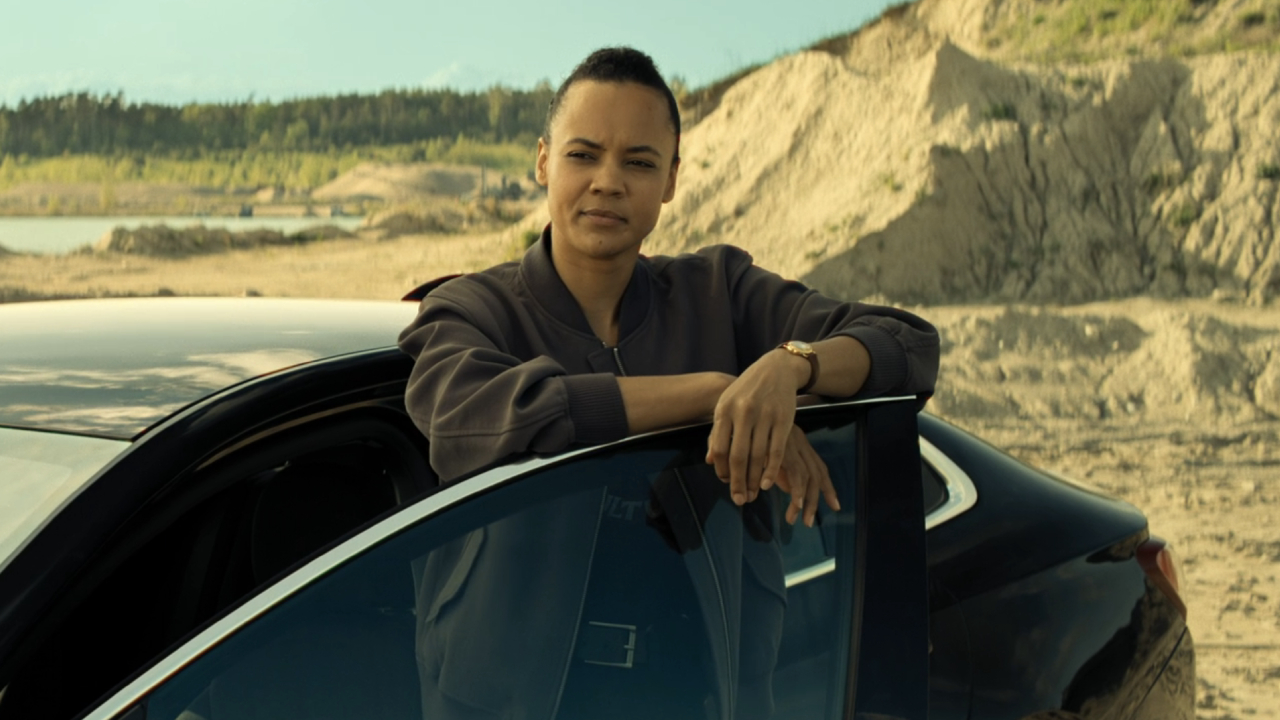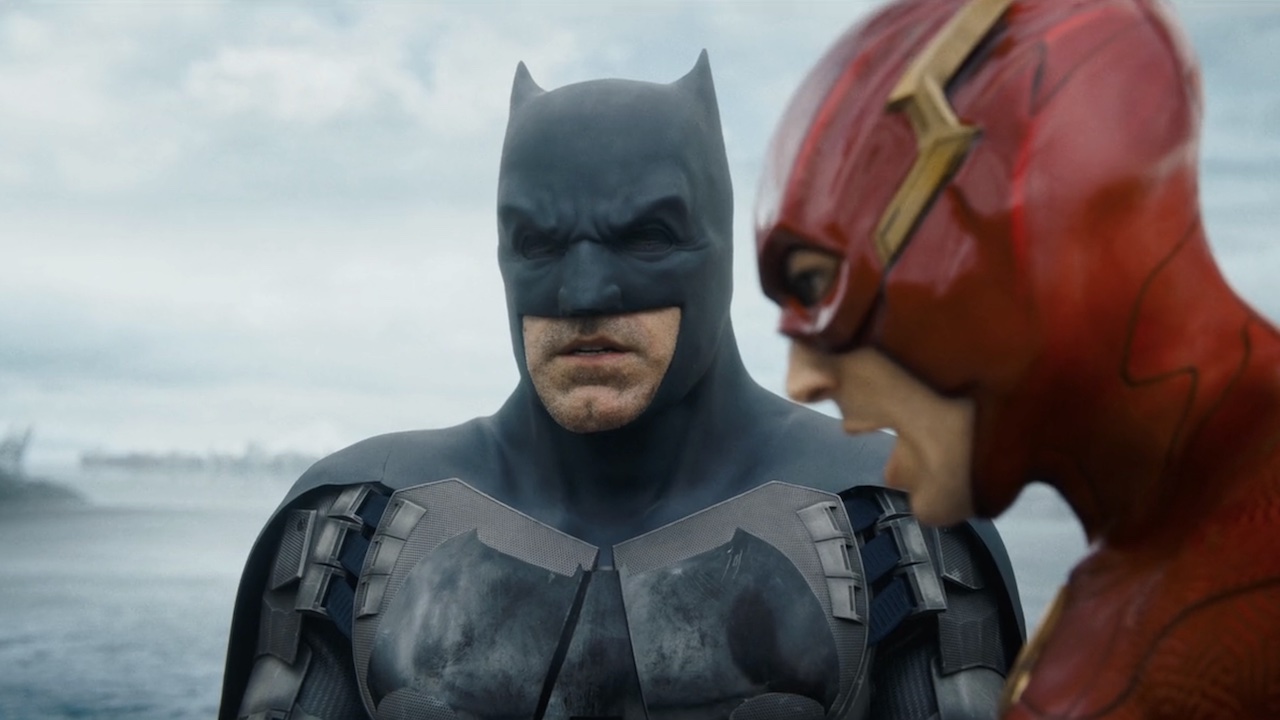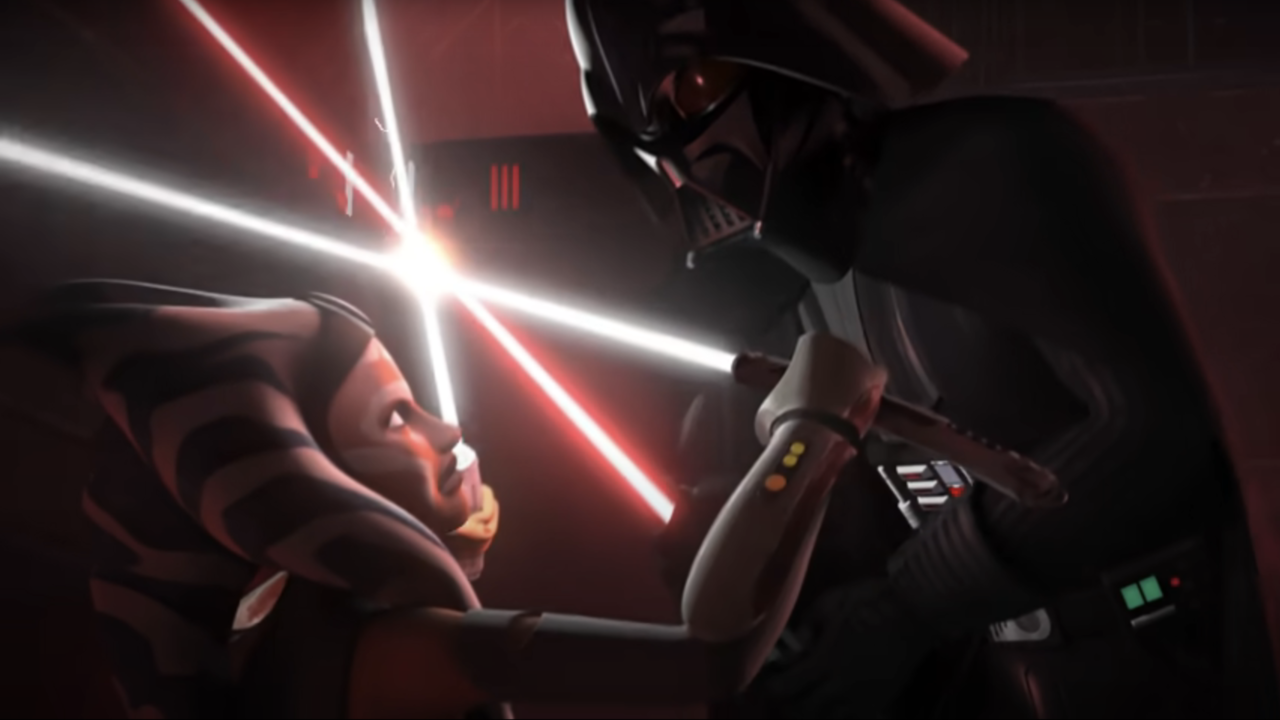How Danny Boyle’s Bond 25 Influenced No Time To Die’s Finished Product
The original concept for "Bond 25" still found a way into the DNA of Cary Joji Fukunaga's No Time To Die.
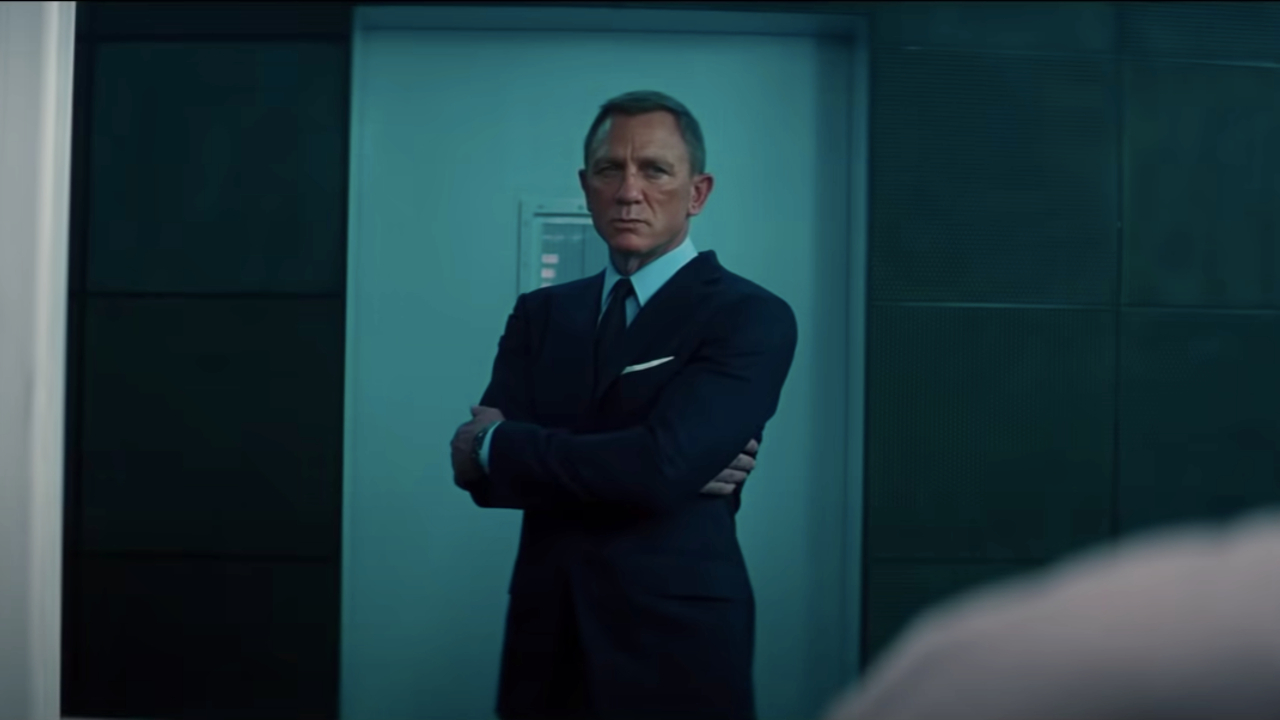
The only thing that outpaces the rumors that have surrounded the James Bond franchise is the amount of unmade ideas that have been banked by the series in its almost-60-year history. No Time To Die is certainly not immune to that phenomenon, as the finished product came after the “Bond 25” concept turned in by director Danny Boyle and writer John Hodge led to a creative split. While that film never happened, there were some aspects of that production that survived to influence No Time To Die’s finished product.
Before wrapping my conversation with James Bond producers Barbara Broccoli and Michael G. Wilson, our reflection on the Daniel Craig run ended with a question I was almost afraid to ask. With Danny Boyle’s departure from No Time To Die still fresh in my mind, the subject of why that script wasn’t exactly a good fit came up. After asking what ideas they might have liked from the Boyle/Hodge draft, Michael G. Wilson answered with the following insight:
Well [Danny Boyle’s] a great filmmaker, and there’s no doubt about it. And we worked with Mark Tildesley, who’s a [production] designer, and we kept him on with the film. Nothing goes to waste when we develop these films. I think what happens is all the ideas over the evolution of a film kind of get merged together, so it’s hard to separate one from the other. I think that the ideas that we liked, we used.
Not familiar with Danny Boyle's times to the 25th James Bond movie? Don't worry worry, we have you covered.
Danny Boyle’s Bond 25 History, In A Nutshell
A quick history for those who need it: early in 2018, Danny Boyle and John Hodge were hired to bring “Bond 25” to life. The usual rumors of casting and plot points flew around, but eventually the project would see Boyle leaving due to “creative differences” between himself and the powers that be. In September 2018, roughly a month after Boyle’s departure, director Cary Joji Fukunaga would step into the director’s chair, and No Time To Die was born. What would be left behind, according to Danny Boyle hired production designer Mark Tildesley, was the “crazy, madcap” unmade draft that remains one of the most compelling mysteries in the modern 007 canon.
What Danny Boyle’s Bond 25 Contributed To No Time To Die
However, as you can see above, Michael G. Wilson and Barbara Broccoli did keep some of the DNA from Danny Boyle’s “Bond 25,” and in some rather profound ways. Not only was Mark Tildesley and his vision kept on board after the transition, but so was costume designer Suttriat Larlarb. At the point in the process, according to Titan Books’ No Time To Die: The Making of the Film, the three months that had passed saw location scouting, set building and stunt planning all moving along. While exact concepts may not have stayed in the film, the talents of both Tildesley and Larlarb were kept on board for the ride ahead.
Contrary to what some may have been thinking when Danny Boyle’s exit from “Bond 25” took place, the “creative differences” weren’t from some dramatic falling-out. Rather, it was a cut and dry case of two roads diverging from the same origin, with No Time To Die resulting from Cary Joji Fukinaga’s hiring and collaboration with James Bond screenwriters Neal Purvis and Robert Wade. Describing that split in author Mark Salisbury’s comprehensive behind-the-scenes tome, here's how Michael G. Wilson and Barbara Broccoli’s recalled how it all happened:
Michael G. Wilson: We all spent a lot of time developing a storyline, and got to a point where we looked at what we had and jointly decided that the film [Danny] wanted to make and the film we wanted to make were not the same.
Barbara Broccoli: And he agreed. Sometimes it happens. Better we all decided early on than going through a long, painful process. It was a very amicable parting that was the best for everybody, because, had we gone on to make a film, it would have been a very difficult situation for him - and for us. You couldn’t ask for anything better, really, given the situation.
This sort of story is a tale as old as time when it comes to the James Bond franchise. Just as Michael G. Wilson had said in our interview, even rejected drafts have ideas that spark the imagination, finding their way into future Bond films. Of course, that’s not the only well that the 007 films use as building blocks for each new entry.
CINEMABLEND NEWSLETTER
Your Daily Blend of Entertainment News
The Ian Fleming Book That Helped No Time To Die Complete The Daniel Craig Era
A more potent source of inspiration than the unmade Timothy Dalton films, or even Danny Boyle and John Hodge’s “Bond 25,” has to be the works of Ian Fleming himself. No Time To Die is another example of pulling from aspects of the original 007 novels that haven’t made their way into the cinematic franchise. Barbara Broccoli highlighted one specific instance when discussing this topic in our sit down:
There’s things in this film, like the poison garden, that we wanted to put in previous films, that didn’t work. And it all sort of came together in this one, so you never know.
Originating in Ian Fleming’s literary version of You Only Live Twice, the poison garden is one of a handful of references pulled from the 1964 novel. Though the title was already used for Sean Connery’s fifth James Bond outing, the thematic material was still ripe for influencing the course of No Time To Die’s story. Which, as Barbara Broccoli and Michael G. Wilson pointed out, is a firm example of ideas never really going to waste in the Bond franchise.
Unless we somehow get further confirmed details on Danny Boyle and John Hodge’s idea for “Bond 25,” we’ll never truly know which pieces survived in No Time To Die, and which ones supposedly perished. Maybe through a prose novel or even a comic adaptation, we could see that idea come to life in the same way that William Gibson's Alien 3 and George Lucas’ The Star Wars draft have seen the light of day. Or maybe, in an adventure with the next James Bond, some of those concepts will find a way to thrill us another day.
Back in the world of the here and now, audiences can finally experience No Time To Die at a theater near them. Or they can look forward to doing so real soon, depending on what part of the world they reside in. Though if you’re ready for something new at the movies, take a look at 2021’s movie releases that remain to be seen in the wild.
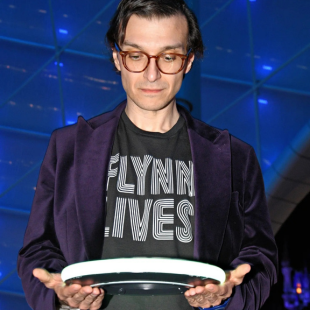
Mike Reyes is the Senior Movie Contributor at CinemaBlend, though that title’s more of a guideline really. Passionate about entertainment since grade school, the movies have always held a special place in his life, which explains his current occupation. Mike graduated from Drew University with a Bachelor’s Degree in Political Science, but swore off of running for public office a long time ago. Mike's expertise ranges from James Bond to everything Alita, making for a brilliantly eclectic resume. He fights for the user.
